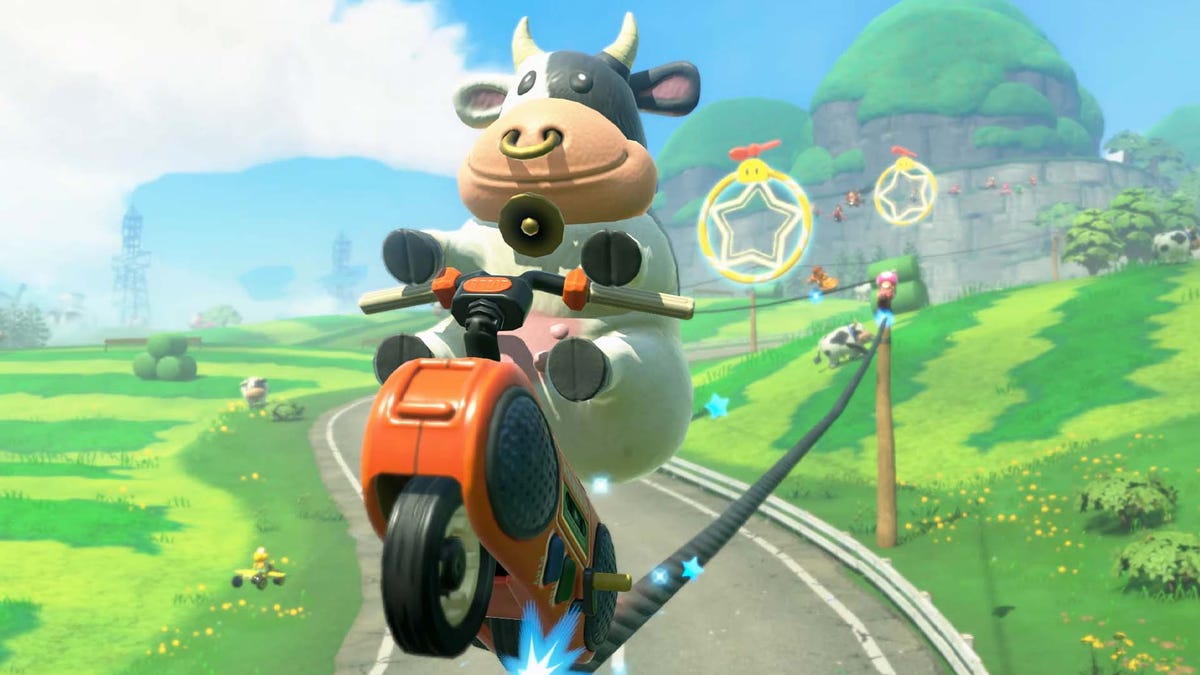What is algorithm: Concept, history, current situation, use cases and application scenarios?
What is an Algorithm? An algorithm is a step-by-step procedure or set of rules designed to solve a specific problem or perform a computation. It is a fundamental concept in computer science, mathematics, and engineering, serving as the backbone of software development, data processing, and artificial intelligence. 1. Concept of Algorithms An algorithm is characterized by its: Input: Data or information provided to the algorithm. Output: The result or solution produced by the algorithm. Definiteness: Each step must be clear and unambiguous. Finiteness: The algorithm must terminate after a finite number of steps. Effectiveness: Each step must be executable and contribute to the solution. Algorithms can be expressed in various forms, such as natural language, pseudocode, flowcharts, or programming languages. Examples include sorting algorithms (e.g., QuickSort), search algorithms (e.g., Binary Search), and machine learning algorithms (e.g., Neural Networks)112. 2. History of Algorithms The concept of algorithms dates back to ancient civilizations: Ancient Babylon: Algorithms were used for mathematical calculations, such as solving quadratic equations. Euclid’s Algorithm: Developed around 300 BCE for finding the greatest common divisor (GCD) of two numbers. Al-Khwarizmi: A Persian mathematician in the 9th century, whose work laid the foundation for algebra and algorithmic thinking. The term "algorithm" is derived from his name. 20th Century: The advent of computers led to the formalization of algorithms. Alan Turing’s Turing Machine (1936) and John von Neumann’s architecture (1945) were pivotal in shaping modern computing and algorithm design12. 3. Current Situation Today, algorithms are at the heart of technological advancements: Artificial Intelligence (AI): Machine learning algorithms power applications like natural language processing, image recognition, and autonomous vehicles. Big Data: Algorithms enable efficient data processing, analysis, and visualization. Cryptography: Secure communication relies on encryption algorithms like RSA and AES. Optimization: Algorithms solve complex problems in logistics, finance, and resource allocation. The development of quantum computing is also pushing the boundaries of algorithmic capabilities, with quantum algorithms like Shor’s algorithm promising exponential speedups for certain tasks12. 4. Use Cases and Application Scenarios Algorithms are ubiquitous in modern life, with applications in: Search Engines: Algorithms like Google’s PageRank rank web pages based on relevance. E-commerce: Recommendation algorithms suggest products based on user behavior. Healthcare: Algorithms analyze medical data for diagnosis and treatment planning. Finance: Trading algorithms execute transactions at high speeds based on market conditions. Transportation: Routing algorithms optimize paths for navigation apps like Google Maps. Social Media: Algorithms curate content feeds and target advertisements. Gaming: AI algorithms control non-player characters (NPCs) and generate procedural content. Robotics: Algorithms enable robots to perceive and interact with their environment. Climate Modeling: Algorithms simulate and predict climate changes. Cryptocurrency: Blockchain algorithms ensure secure and decentralized transactions112. Conclusion Algorithms are the building blocks of modern technology, driving innovation across industries. From ancient mathematical procedures to cutting-edge AI, their evolution reflects humanity’s quest for efficiency and problem-solving. As technology advances, algorithms will continue to shape the future, enabling solutions to increasingly complex challenges.
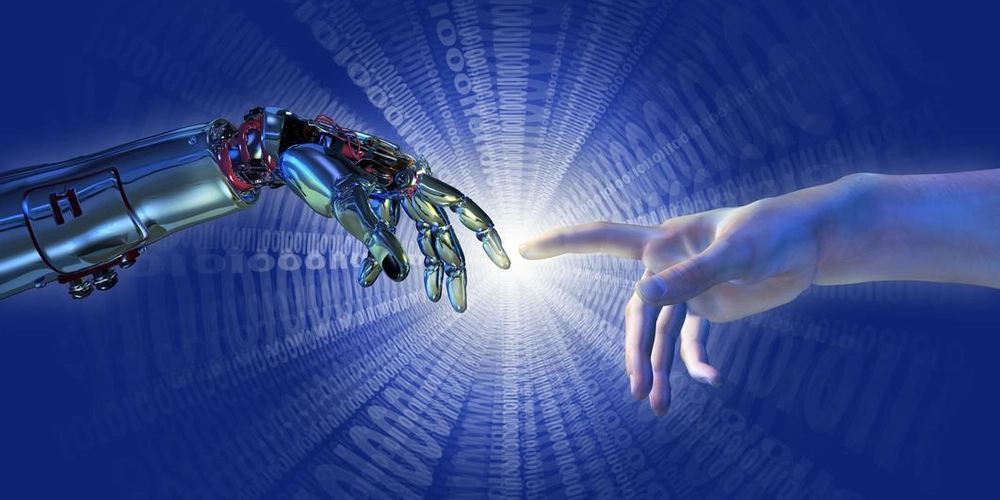
What is an Algorithm?
An algorithm is a step-by-step procedure or set of rules designed to solve a specific problem or perform a computation. It is a fundamental concept in computer science, mathematics, and engineering, serving as the backbone of software development, data processing, and artificial intelligence.
1. Concept of Algorithms
An algorithm is characterized by its:
Input: Data or information provided to the algorithm.
Output: The result or solution produced by the algorithm.
Definiteness: Each step must be clear and unambiguous.
Finiteness: The algorithm must terminate after a finite number of steps.
Effectiveness: Each step must be executable and contribute to the solution.
Algorithms can be expressed in various forms, such as natural language, pseudocode, flowcharts, or programming languages. Examples include sorting algorithms (e.g., QuickSort), search algorithms (e.g., Binary Search), and machine learning algorithms (e.g., Neural Networks)112.
2. History of Algorithms
The concept of algorithms dates back to ancient civilizations:
Ancient Babylon: Algorithms were used for mathematical calculations, such as solving quadratic equations.
Euclid’s Algorithm: Developed around 300 BCE for finding the greatest common divisor (GCD) of two numbers.
Al-Khwarizmi: A Persian mathematician in the 9th century, whose work laid the foundation for algebra and algorithmic thinking. The term "algorithm" is derived from his name.
20th Century: The advent of computers led to the formalization of algorithms. Alan Turing’s Turing Machine (1936) and John von Neumann’s architecture (1945) were pivotal in shaping modern computing and algorithm design12.
3. Current Situation
Today, algorithms are at the heart of technological advancements:
Artificial Intelligence (AI): Machine learning algorithms power applications like natural language processing, image recognition, and autonomous vehicles.
Big Data: Algorithms enable efficient data processing, analysis, and visualization.
Cryptography: Secure communication relies on encryption algorithms like RSA and AES.
Optimization: Algorithms solve complex problems in logistics, finance, and resource allocation.
The development of quantum computing is also pushing the boundaries of algorithmic capabilities, with quantum algorithms like Shor’s algorithm promising exponential speedups for certain tasks12.
4. Use Cases and Application Scenarios
Algorithms are ubiquitous in modern life, with applications in:
Search Engines: Algorithms like Google’s PageRank rank web pages based on relevance.
E-commerce: Recommendation algorithms suggest products based on user behavior.
Healthcare: Algorithms analyze medical data for diagnosis and treatment planning.
Finance: Trading algorithms execute transactions at high speeds based on market conditions.
Transportation: Routing algorithms optimize paths for navigation apps like Google Maps.
Social Media: Algorithms curate content feeds and target advertisements.
Gaming: AI algorithms control non-player characters (NPCs) and generate procedural content.
Robotics: Algorithms enable robots to perceive and interact with their environment.
Climate Modeling: Algorithms simulate and predict climate changes.
Cryptocurrency: Blockchain algorithms ensure secure and decentralized transactions112.
Conclusion
Algorithms are the building blocks of modern technology, driving innovation across industries. From ancient mathematical procedures to cutting-edge AI, their evolution reflects humanity’s quest for efficiency and problem-solving. As technology advances, algorithms will continue to shape the future, enabling solutions to increasingly complex challenges.





































































![Apple Releases macOS Sequoia 15.5 Beta to Developers [Download]](https://www.iclarified.com/images/news/96915/96915/96915-640.jpg)
![Amazon Makes Last-Minute Bid for TikTok [Report]](https://www.iclarified.com/images/news/96917/96917/96917-640.jpg)
![Apple Releases iOS 18.5 Beta and iPadOS 18.5 Beta [Download]](https://www.iclarified.com/images/news/96907/96907/96907-640.jpg)


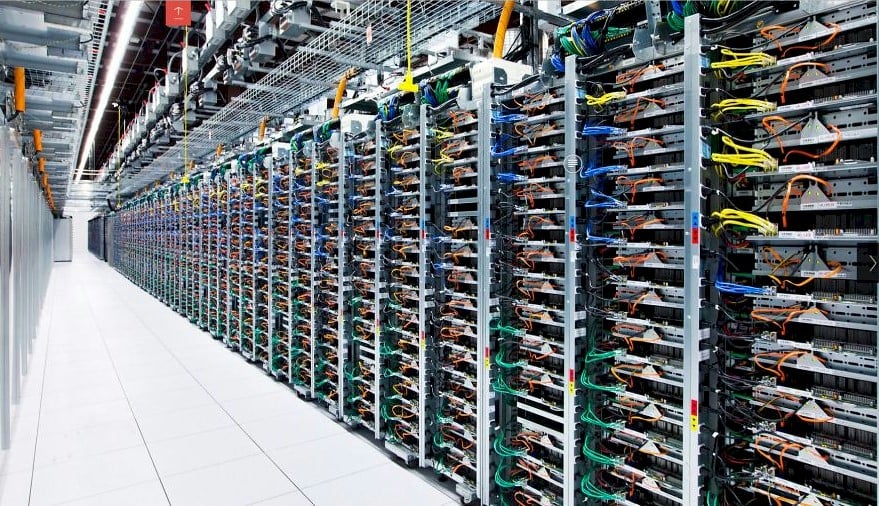


















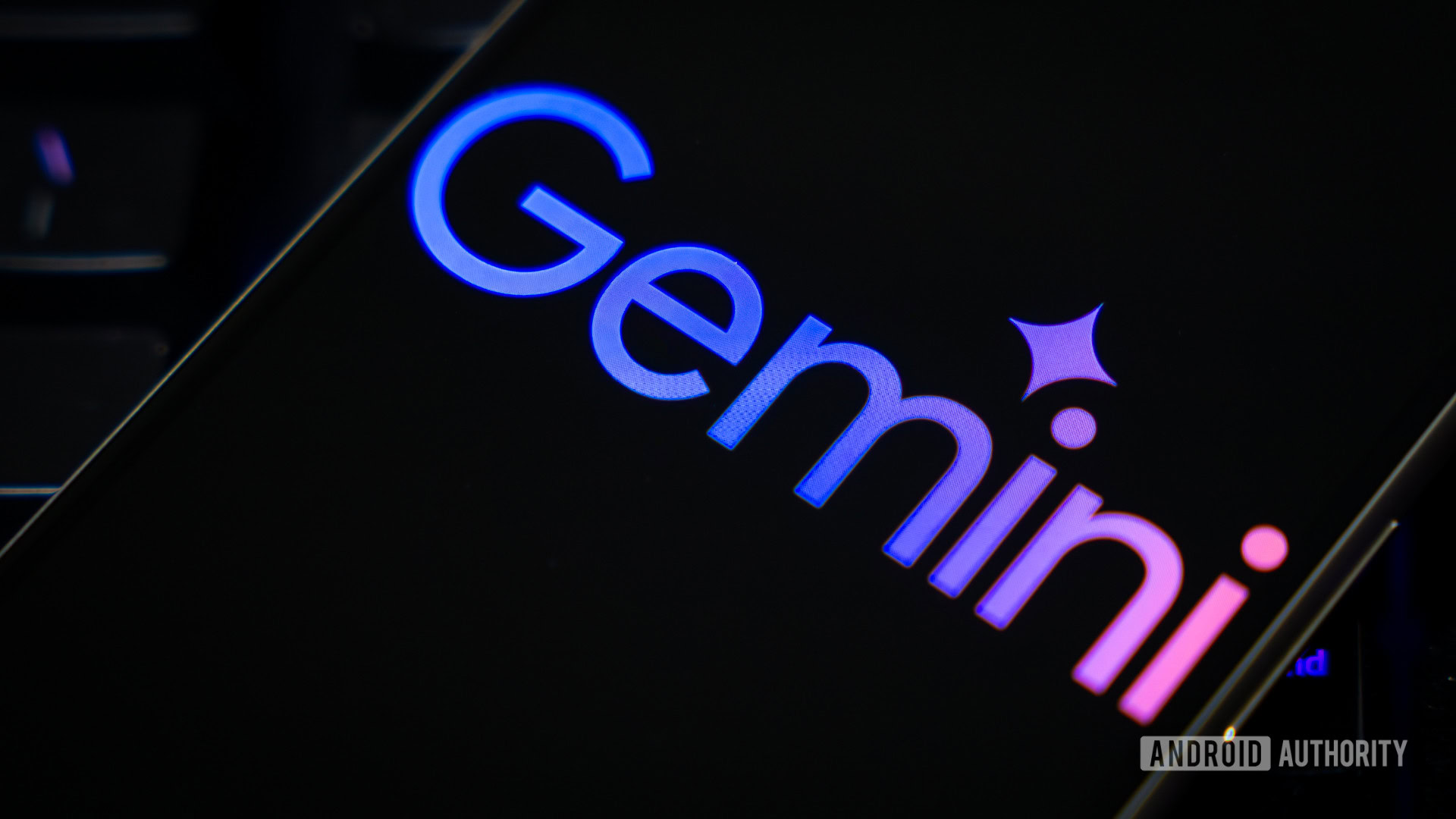












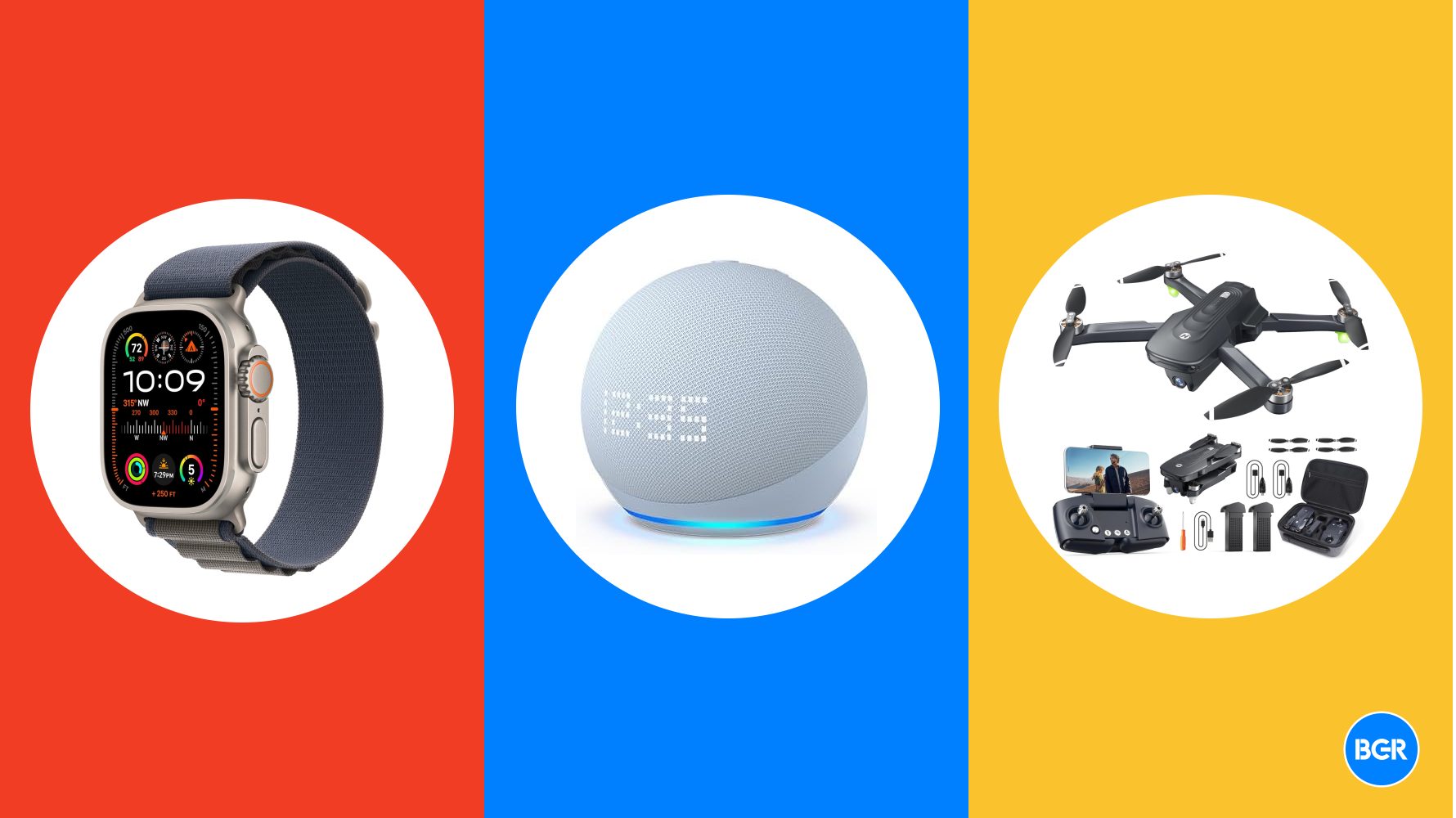







































































.jpg?#)












































































![[The AI Show Episode 142]: ChatGPT’s New Image Generator, Studio Ghibli Craze and Backlash, Gemini 2.5, OpenAI Academy, 4o Updates, Vibe Marketing & xAI Acquires X](https://www.marketingaiinstitute.com/hubfs/ep%20142%20cover.png)
















































































































![Is this a suitable approach to architect a flutter app? [closed]](https://i.sstatic.net/4hMHGb1L.png)




















![[DEALS] Microsoft Office Professional 2021 for Windows: Lifetime License (75% off) & Other Deals Up To 98% Off – Offers End Soon!](https://www.javacodegeeks.com/wp-content/uploads/2012/12/jcg-logo.jpg)



























-Nintendo-Switch-2-–-Overview-trailer-00-00-32-(1)_HCqcxO1.png?width=1920&height=1920&fit=bounds&quality=80&format=jpg&auto=webp#)






















